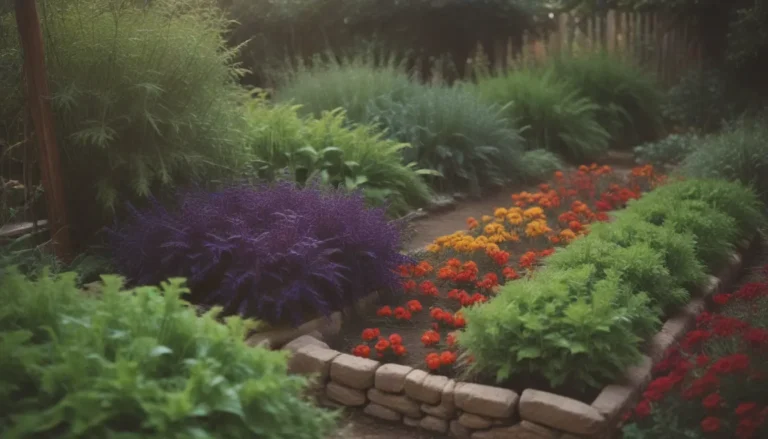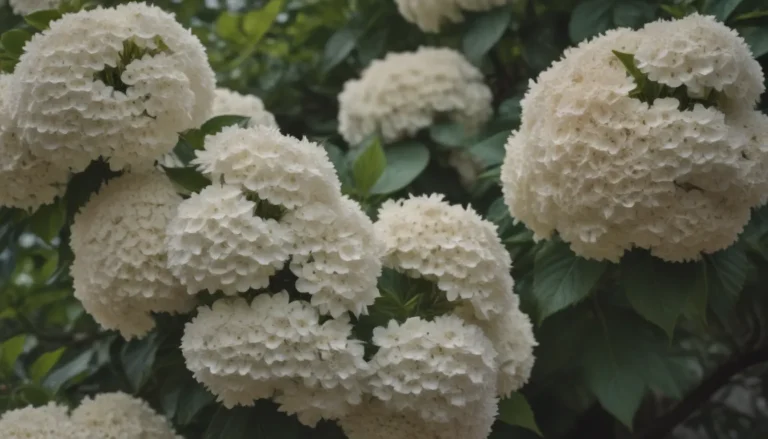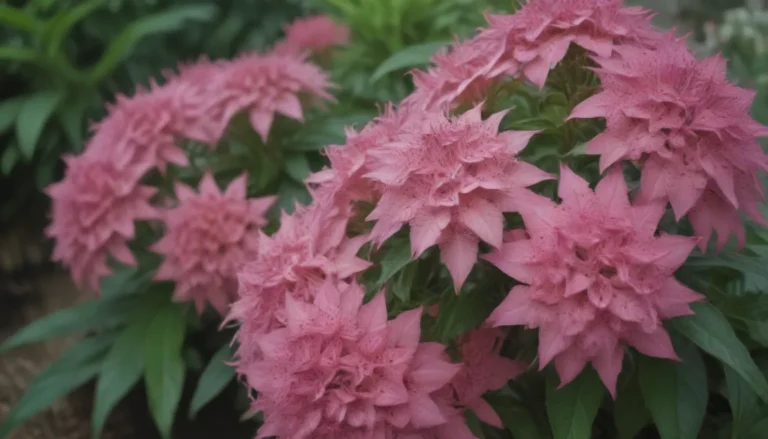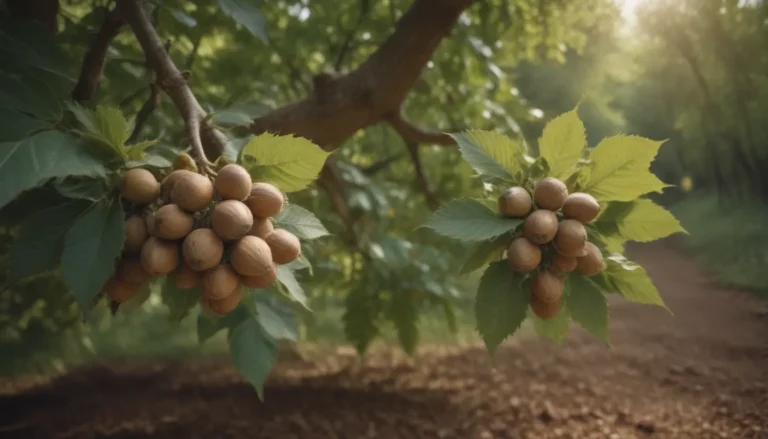Everything You Need to Know About Growing and Caring for Pansies
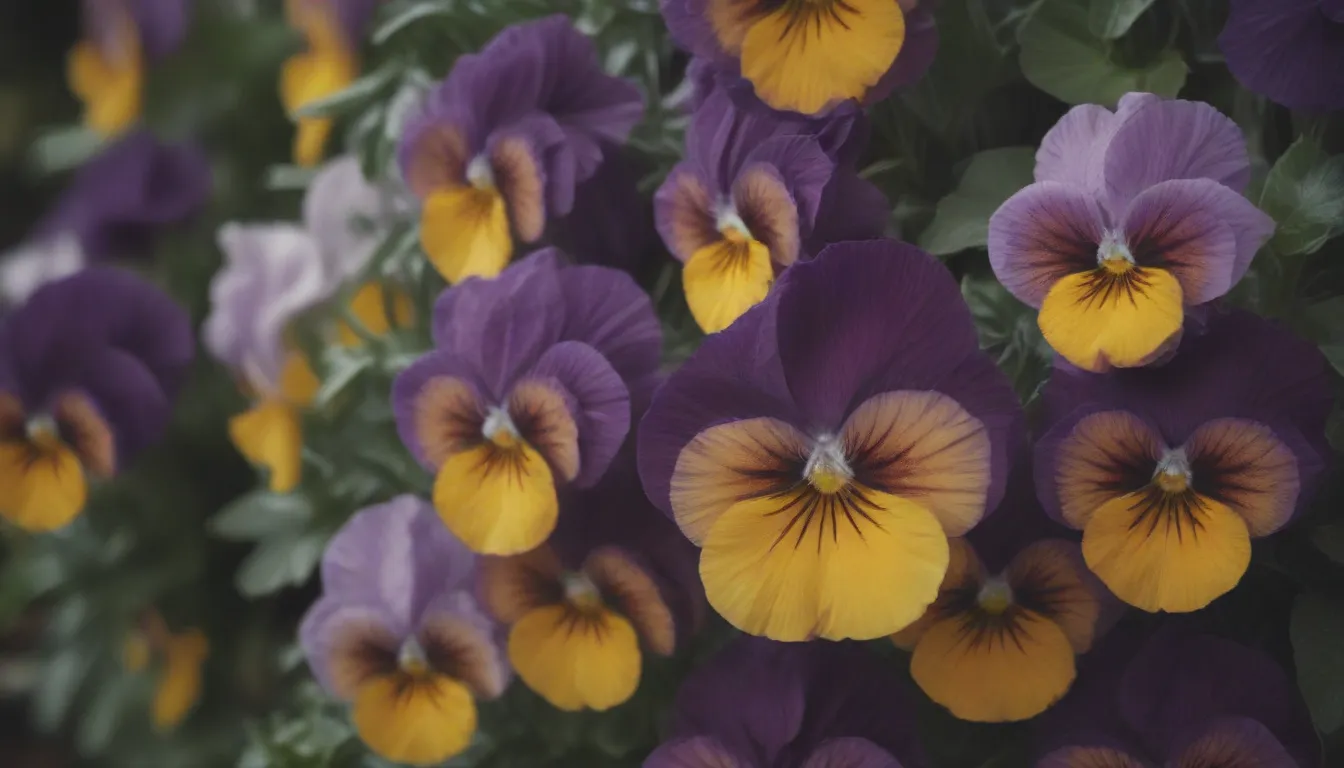
Are you a fan of vibrant, colorful flowers that can withstand the cooler temperatures of early and late seasons? If so, pansies might be the perfect addition to your garden. Pansies are known for their almost heart-shaped petals in an array of bright colors or bi-colors, with charming face-like center markings. While breeding has resulted in pansies that can tolerate colder weather, heat-tolerant varieties are still a work in progress.
In this comprehensive guide, we will explore everything you need to know about growing and caring for pansies. From planting and pruning to propagation and common issues, we’ve got you covered. Let’s dive in!
Planting Pansies
When it comes to planting pansies, selecting healthy nursery plants is key. Look for stocky, bushy plants with plenty of buds, avoiding those with open blooms. You can plant pansies in early spring or fall, and established plants are typically available in garden centers from August through March or April, depending on your climate. Here are some planting tips:
- Plant pansies at the same depth as their nursery pot in well-draining soil.
- Leave 6 to 12 inches between each plant in the garden bed.
- For containers, consider three to four pansy plants in a 10 to 12-inch pot.
Pansy Care Requirements
Caring for pansies is relatively straightforward, but they do have specific needs to thrive. Here are some care requirements to keep in mind:
Light
Pansies bloom best in full sun to partial shade, but they will stay fresh-looking and blooming longer in partial shade.
Soil
Pansies prefer loose, rich soil with a slightly acidic pH. They are heavy feeders, so amending the soil with mushroom compost can give them a good start.
Water
Regular watering is essential to keep pansies healthy, but avoid soggy soil. Ensure containers have proper drainage or plant in well-draining soil in the garden bed.
Temperature and Humidity
For optimal growth, pansies prefer a temperature range of around 40 degrees Fahrenheit at night to 60 degrees Fahrenheit during the day. They can thrive in all zones in the United States and as biennials in areas with mild winters.
Fertilizer
Monthly foliar feeding with a balanced fertilizer can help pansies thrive. Avoid over-fertilizing to prevent leggy growth.
Types of Pansies
If you’re looking for a specific color palette or size, selecting plants from the same series can provide cohesion. Here are some popular pansy series to consider:
- Bolero Series
- Bingo Series
- Cool Wave Series
- Freefall Series
- Joker Series
- Princess Series
Pruning Pansies
Pruning pansies can help them flourish by promoting bushier growth. Trim back any leggy growth in the spring to keep the plants compact and full. Don’t be afraid to cut back sections that have become too long or straggly.
Propagating Pansies
While most gardeners opt for seeds or seedlings, pansies can also be propagated by division. This method involves separating clumps of pansies to create new plants. Keep in mind that plants propagated this way may not be as hardy as those grown from high-quality seeds.
How to Grow Pansies From Seed
If left unattended, pansies can drop seeds that readily take root. However, most pansies are hybrids, so the resulting plants may not resemble the parents. To grow hybrid pansies from seed, consider purchasing commercial F1 hybrid seeds for consistent results. Stratifying pansy seeds for two weeks before planting can help improve germination rates.
Potting and Repotting Pansies
Pansies are popular container plants due to their upright habit and pretty colors. When planting or repotting pansies, use a well-draining potting mix and ensure proper drainage to prevent soggy roots. Pinch off leggy growth, deadhead regularly, and feed with a balanced liquid fertilizer every few weeks.
Overwintering Pansies
While some pansy varieties can withstand light snow, expect pansies to die back in winter. Deadhead plants to prevent self-seeding, or allow volunteer seedlings to sprout in the spring.
Common Pests and Plant Diseases
Pansies may be susceptible to pests like slugs and diseases caused by fungi. Keep an eye out for signs of infestation and treat accordingly to protect your plants.
How to Get Pansies to Bloom
Encouraging blooming in pansies involves proper care and maintenance. From fertilizing to deadheading, here’s how to ensure your pansies bloom beautifully:
Bloom Months
Pansies can bloom well into September and October in warmer regions, while they typically bloom in late spring and summer in seasonal climates.
How Long do Pansy Plants Bloom?
With proper care, pansies can bloom for several months. Keep them well-irrigated and fertilize regularly to extend the flowering period.
What do Pansy Flowers Look and Smell Like?
Pansy flowers come in a variety of colors and patterns, with a distinctive perfume-like fragrance. Encourage more blooms by fertilizing monthly and cutting back leggy growth.
Caring for Pansies After They Bloom
After the flowering season ends, deadhead the blooms and allow the plant to go dormant. In warmer zones, pansies may look tired in winter but will rebound in late winter or early spring.
Deadheading Pansy Flowers
Trimming back fading blooms will promote continuous flowering and prevent the plants from becoming leggy.
Common Problems With Pansies
Deer can be a common issue with pansies, but they may also be susceptible to root rot, powdery mildew, and fungal diseases. Learn to identify and address these problems to protect your plants.
Wrapping Up
Pansies are versatile, colorful flowers that can brighten up any garden or container. By following these tips on planting, care, and maintenance, you can enjoy healthy, blooming pansies throughout the growing season. Whether you’re a seasoned gardener or a newbie looking to add some color to your outdoor space, pansies are a fantastic choice. So go ahead, plant some pansies and watch them flourish in your garden!

